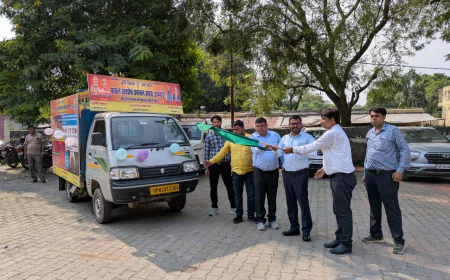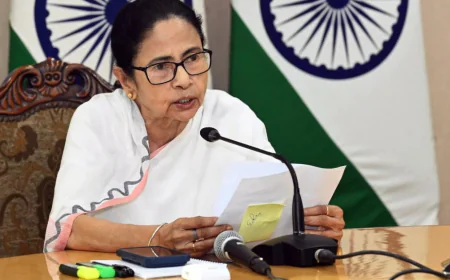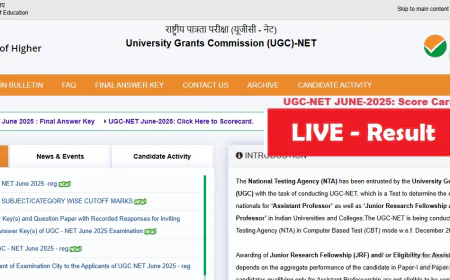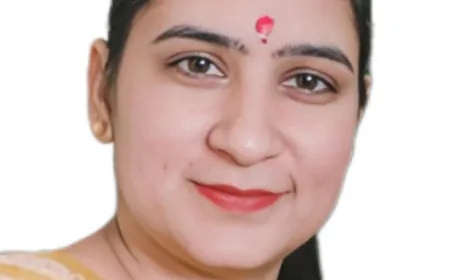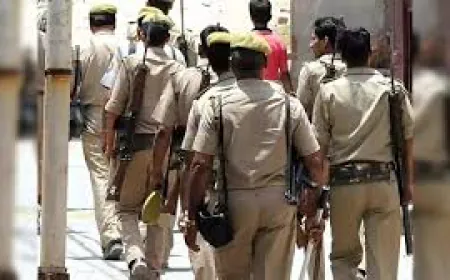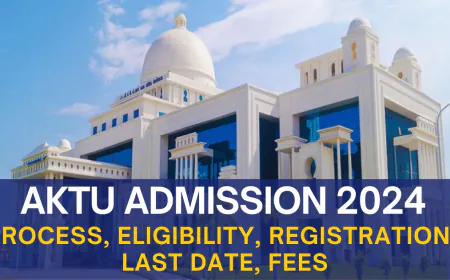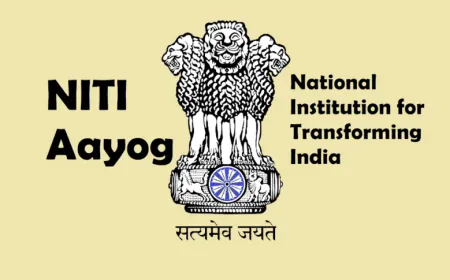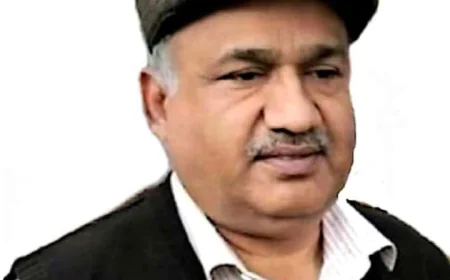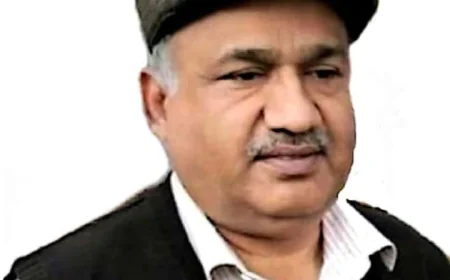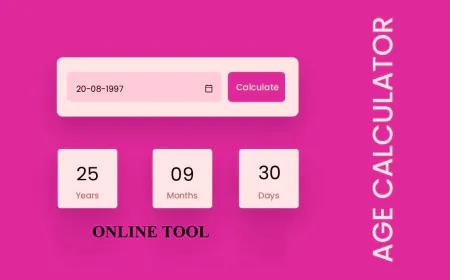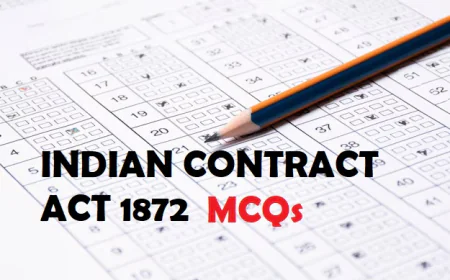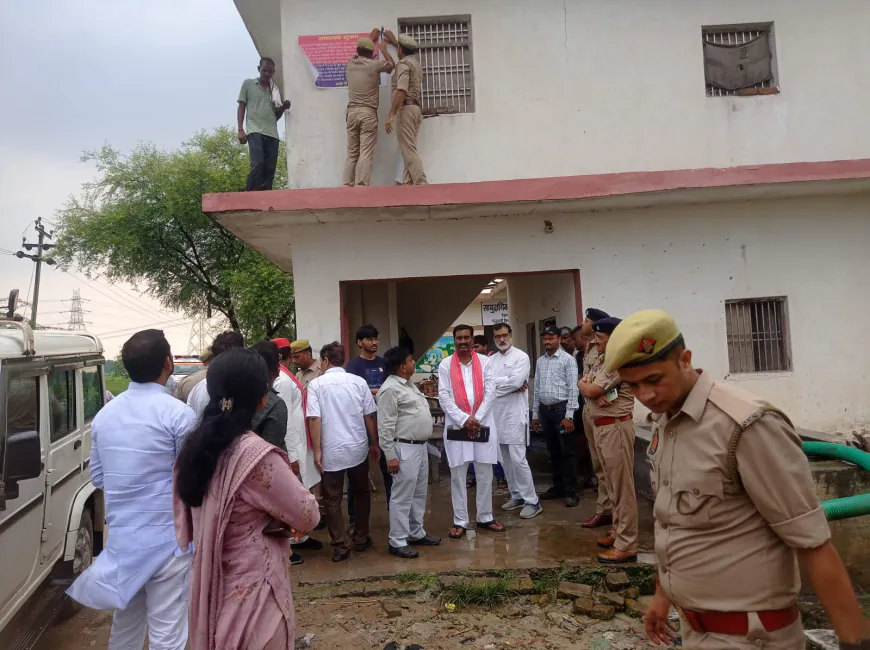Panchayats that speed up Rural Development
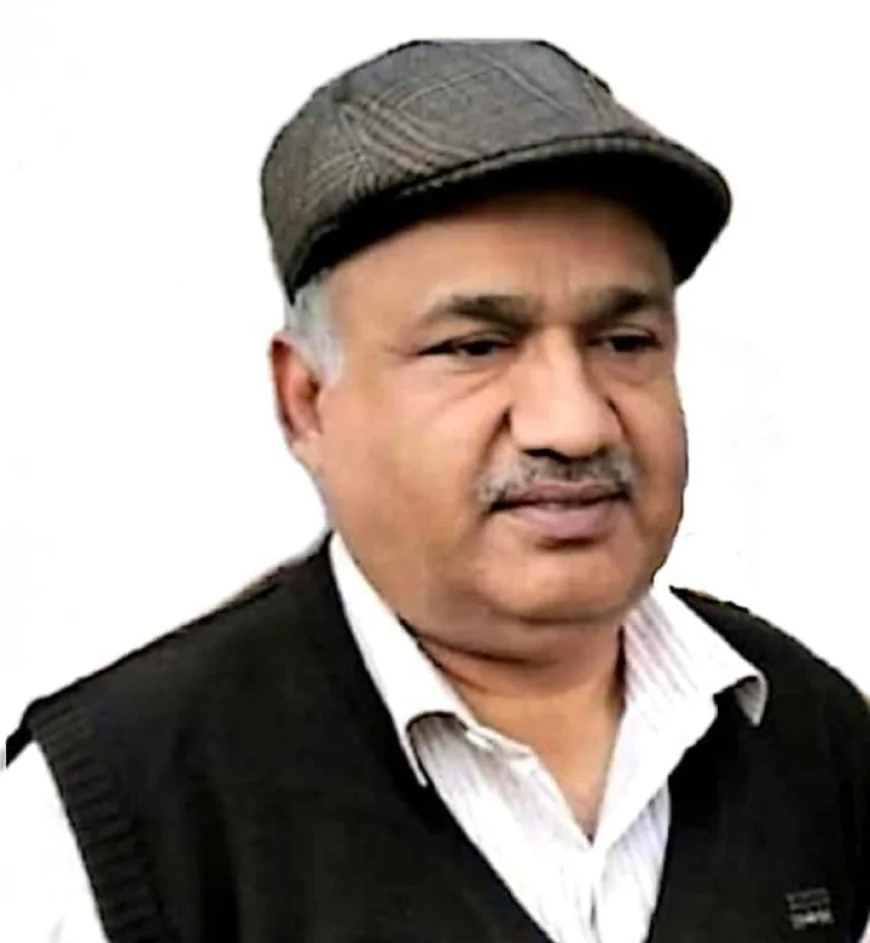
Panchayats that speed up Rural Development
Look at the Panchayat in India with the view of good governance, then public empowerment is its perfection and look at the eye of public decentralization, then it is the fulfillment of the pattern of a rural self-government that is far more essential for rural development. Not only does it also force Gandhi's Gram- Swaraj's dream. Good governance is a reflection of peace and happiness. While the Panchayat is an institution that plays an important role in advancing rural Swaraj.
There are 6.65 lakh villages in India, with 2.68 lakh gram panchayats and rural local bodies, which are the basis of the rural landscape of the country. Panchayats are only accelerating rural development, the strength of the common man is also becoming. A number of key initiatives were taken in the Union Budget 2025-26 aimed at speeding up rural development and enhancing prosperity through focused programmes and investments. For instance, the Life Mission, the Bradband facility for the year 2028, which aims to provide internet access to all government secondary schools and primary health centres in rural areas and bring improvement in education and health services. Additionally it is also aimed to develop as a leading public 'lagistics' organization supporting Indian postal entrepreneurs, micro small and medium enterprises i.e. MSMEs and self-help groups. The rural prosperity and adaptation programme aims to focus on empowering rural women, young farmers, marginalised communities and landless families. Panchayat is a reflection of democratic decentralization and community development programme is its foundation. The texture of an institution like Panchayat is also the result of many experiments and applications.
The failure of the community development programme and thereafter the formation of Balwant Rai Mehta Committee can then be seen to embody it on the rump of the same in the year 1957. It is worth mentioning that the panchayat which is considered a medium to overcome the problem beyond politics and in the role of policy-oriented conscious watchdog, today the same has been dealt with by many problems. The panchayat, at the bottom of which democracy is shouldered, is not free from many jungles, whether there is a financial crisis or lack of proper planning or a lack of illiteracy, stereotype and male supremacy, not only prejudice to caste and high-low. This problem has happened in the last three decades and the same panchayat has also proved that it has no choice. of the Panchayat. The interpretation contained specific right to rule in the Territory Special. The same authority fulfills the obligations that flow of self-governance under the rural administration and draws a hard line of rural change. The civil manifesto of the year 1997 was the only peak of good governance and the right to information in 2005 the next chapter of this not only that the e-governess scheme of the year 2006 also does not elaborate the outline of good governance, but these also give strength to the panchayat.
The concept of good governance was first revealed in Britain in the year 1992. Its initiatives were also seen in India after liberalisation in the year 1991. In the same year of good governance, the Panchayati Raj system was being given a constitutional form. In the 73rd amendment of the Constitution, when it was given a constitutional form, this panchayat-form institution, traveling from Nagaur in Rajasthan, since the year 1959, became associated with the new Abhamandal. This amendment, which took place in the year 1992, was implemented on 24 April 1993. It can be interpreted in two ways as an institution of self-government. In the first constitution it is denoted as good governance, which simply means absolute right to rule in autonomy and territory special. Second it strengthens administrative federalization. Significantly, in the same amendment of the Constitution, Gandhi's Gram Swaraj was accomplished, but it can also be said to be entirely that the very ambitious institution of independent India is full of local self-government. Reservation of one-third of women in Panchayats was ensured with the same amendment which is up to fifty percent in the current time. If seen, there has been a widespread change in the constitutional Panchayati Raj system, older than three decades.
There was a good change in conservative thinking towards participatory female representatives in the political environment, resulting in them also managed to overcome fear, hesitation, and panic. Democratic decentralization is the only result that the reputation of Panchayats has increased. Women's participation is also coming out. But in political environment criminalization, muscle mass, casteism and high-pitched etc. Formation of social structure based on equality is also a link to governance. Its goal is to build a society where there is an impact of exploitation and good governance, thereby promoting transparency in the panchayat. The fourth person in the country is still uneducated according to the year 2011 1 census. Panchayat and good governance can see its effect. There are many female representatives who have difficulty in reading and writing the rules of the panchayat. Digital India reference can also be viewed from 2015. Online activities and digitization have created more or less challenge for such representatives belonging to the Panchayat. However, more than two and a half lakh panchayats in the country have largely left digital contacts. Also the weakening of power etc supply is an obstacle in it. • The digital revolution has left a deep impression on good governance.
Digital transactions have accelerated, there has been an increase in the exchange of papers, digitization of land documents. 'Remote Sensing', Aii and 'Madling Tools' are beginning to be used for settlement of claims in schemes like Pradhan Mantri Fasal Bima, including Crop Insurance Card, Soil Health Card and Kisan Credit Card. At the same time, the participation of rural women in open healthcare centres in Gram Panchayats is also being encouraged, so that they become a village level entrepreneur, a complete conversion of governance processes using information and technology is called 'e- gawnance', which aims to ensure transparency and reliability while providing access to all government services to common citizens. Significantly, it is that the National-Gavnance Programme had initially included 31 services. This type of concept also equips the pattern of good governance.
Panchayati Raj system is the strength of common people | and is far from the particular type of politics. It is an arrangement that is ruled by itself. Panchayats have changed in the past three decades. One of the major things in all these have been that women have been comparatively more active. State governments have increased trust in such entities. They have increased their role in speeding up development in villages. Vijay Garg Retired Principal educational columnist Eminent Educationist street kour Chand MHR Malout Punjab
